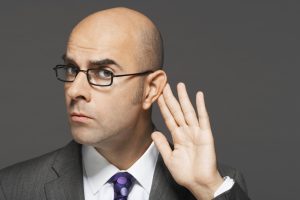These two words should intimately work together. They don’t always do so. Why? Let me ask you the obvious question – which of the 2 is the most important? Rhetorical? Yes. But sometimes our actions do not confirm our words. Obviously, we all would say, it is the message that’s the most important. Question: how do we go about confirming this? What actions do we take to ensure the message is heard, understood, and there’s a plan to implement ‘it’? I would argue that the message is the most important but that we give little attention to our words, definitions, assumptions, etc. and don’t check with the listener to ensure the message spoken is the message heard.
Harsh? New question – have you ever presented a message and subsequently discovered that at least some of your ‘audience’ never understood? I have. which makes me a tad more intentional about what I say and that the listener hears without me getting in the way or confusing/providing a mixed message. And my role:
- to be as clear in both the words as well as in the ‘how’ of presentation,
- observe the ‘audience’ and if I sense any lack of understanding to rephrase,
- to ask the listener, not just if they understood, but their opinion and what
questions they have.
Once the message is delivered, you have the opportunity to turn it into a dialogue. And my primo way of dialoguing is to ask questions. This subject is really simple, there should be no doubt… but too often our actions don’t confirm. When we become aware of the lack of connection between message and ‘audience’ – what do we do?
To put the shoe on the other foot… what do You do when you are listening to a presentation – do you seek clarity and understanding? Do you ask questions if you aren’t positive of the speaker’s point? Are words defined so everyone can be on the same page? You are the audience in this situation and we need to verify what we think we hear.
Responsibility for understanding is always a two-way street even though most of the burden is on the presenter. Unless you, as presenter, are only interested in the sound of your own voice – you will attempt to make certain everyone IS on the same page with the same definitions of words. Obviously the goal is simple: when both the speaker and listener are in sync, with the same goal (understanding) as the ultimate test then we can move forward to the next step in the process. But ultimately we need to double check as we move through the process from the presentation to the next step, to the next step after that so that we all do in fact hear the same message.






